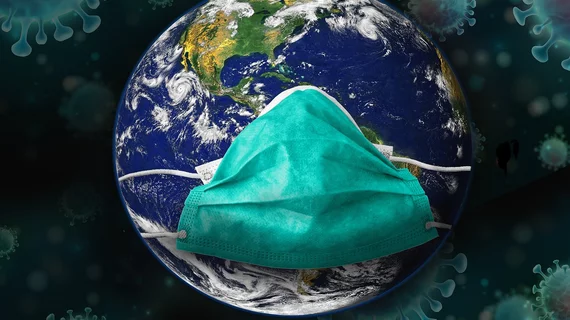‘A year like no other’: Editor of radiology’s top medical journal reflects back on 2020
It’s been a trying year for healthcare workers as the field seeks to better understand and contain the coronavirus. And a key facet of these efforts has been the peer-reviewed research published in one of imaging’s top journals: Radiology.
Editor David A. Bluemke, MD, PhD, recently looked back on a striking year for the medical journal in a note published Tuesday.
As the SARS-CoV2 virus started moving across the globe, Bluemke and Radiology’s editorial board began fielding a surplus of imaging information. Since receiving their first COVID-specific submission on Jan. 29, the team has handled more than 1,400 overall. In a typical year, it manages nearly 3,000 total submissions, but Bluemke expects to field more than 4,500 by year’s end.
In fact, the editorial board established a "war room" in Madison, Wisconsin, to deal with the surge and formed an expert panel of special reviewers that publishes manuscripts 2-5 days after they are accepted.
As a result of these efforts and more, Bluemke says Radiology has become a “dominant” source for COVID-19 radiology research. Its publications have routinely been in PubMed’s top 10 trending articles. And the study “CT comparison to RT-PCR for COVID-19” has garnered more than 420,000 downloads and 1,000 PubMed citations.
Looking toward 2021, Bluemke expects to publish even more editorials, reviews and image cases. And all of it wouldn’t be possible without the journal’s more than 1,000 reviewers, he added.
“Our dedicated editorial board members continue to guide me in pushing this journal toward excellence. Our hardworking RSNA publications staff maintains the highest levels of quality while ensuring our new initiatives succeed,” Bluemke added. “As for most other aspects of our society, 2020 was truly a year like no other for Radiology.”

